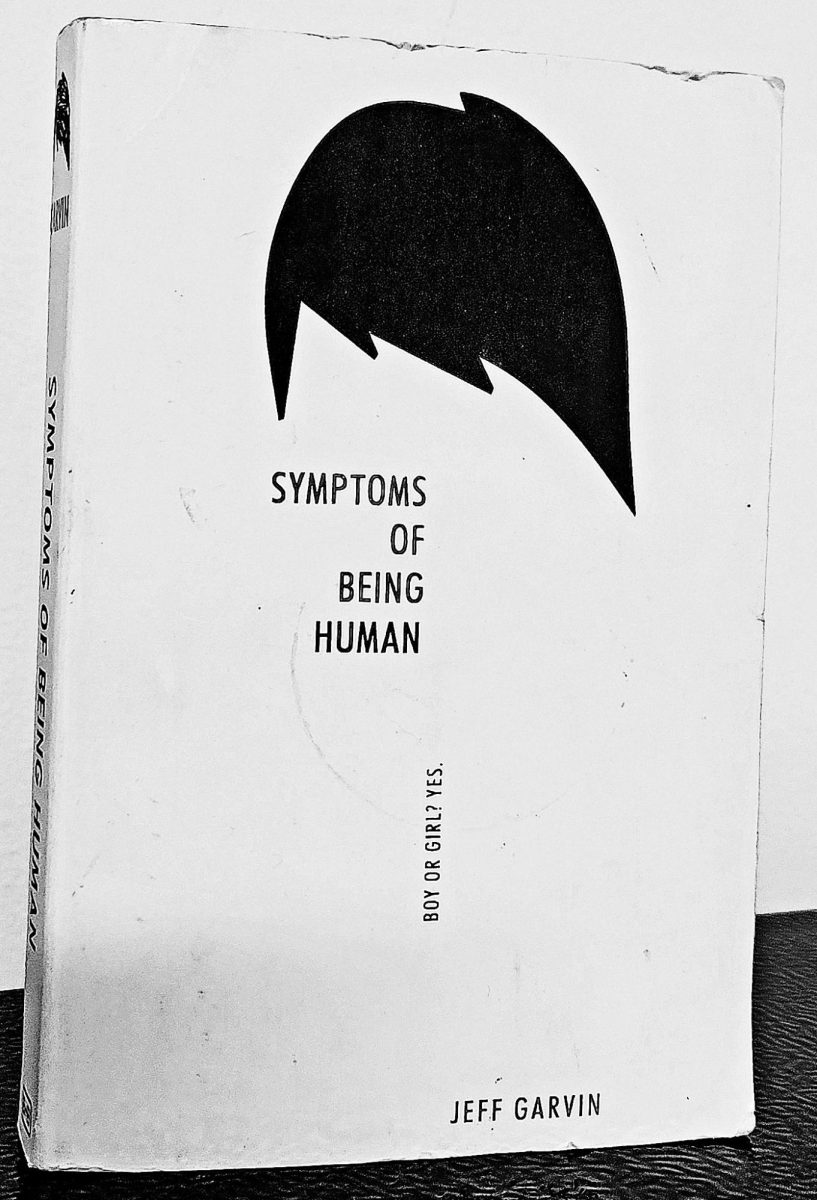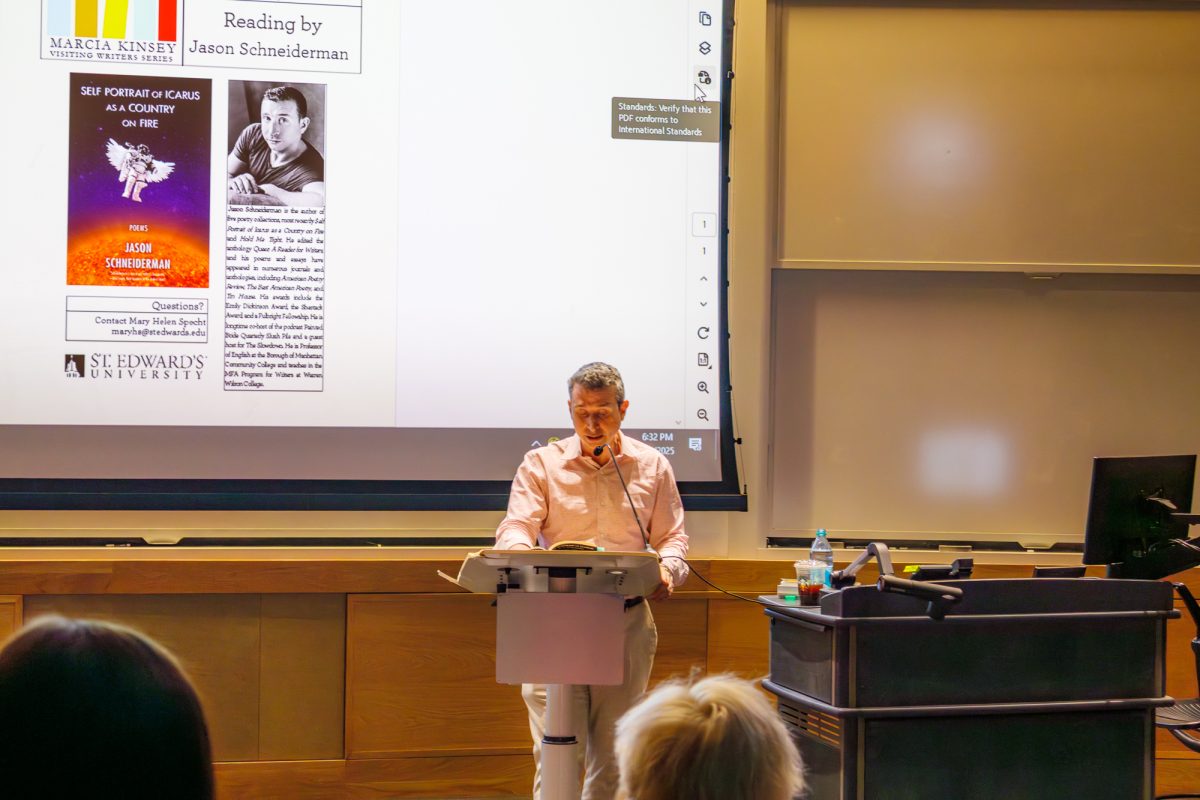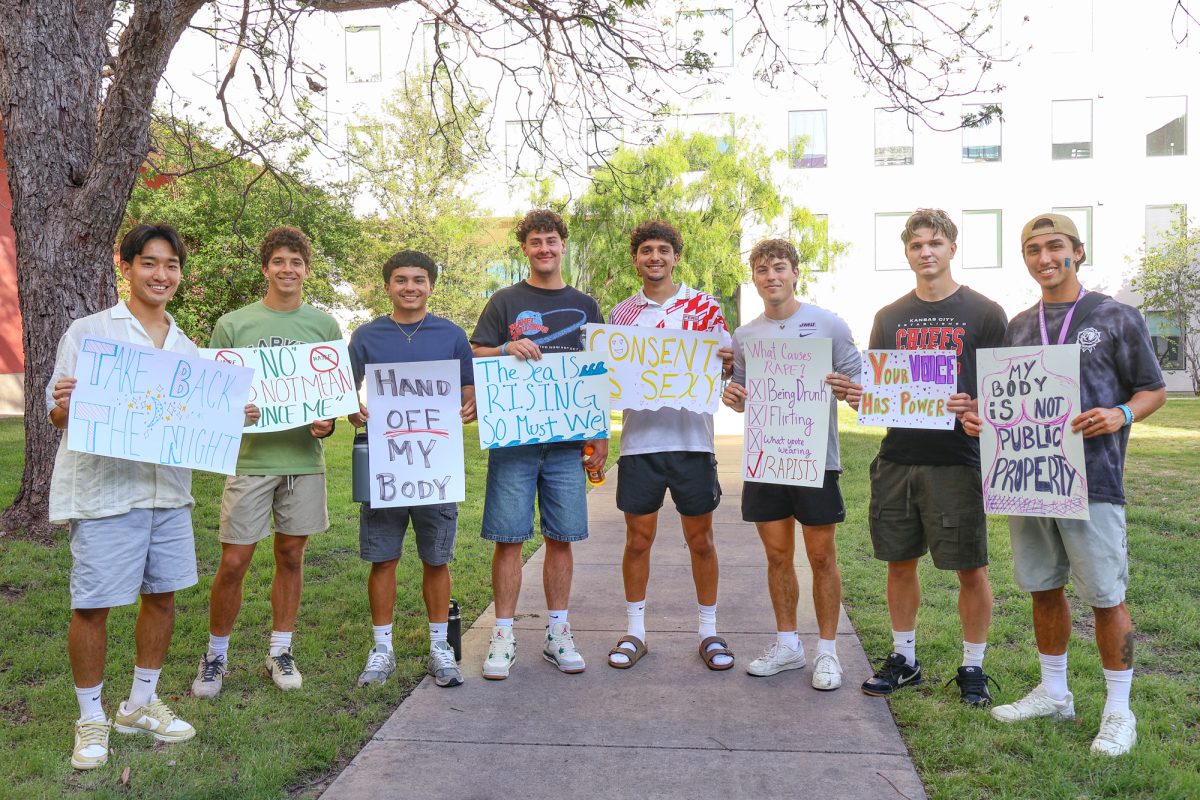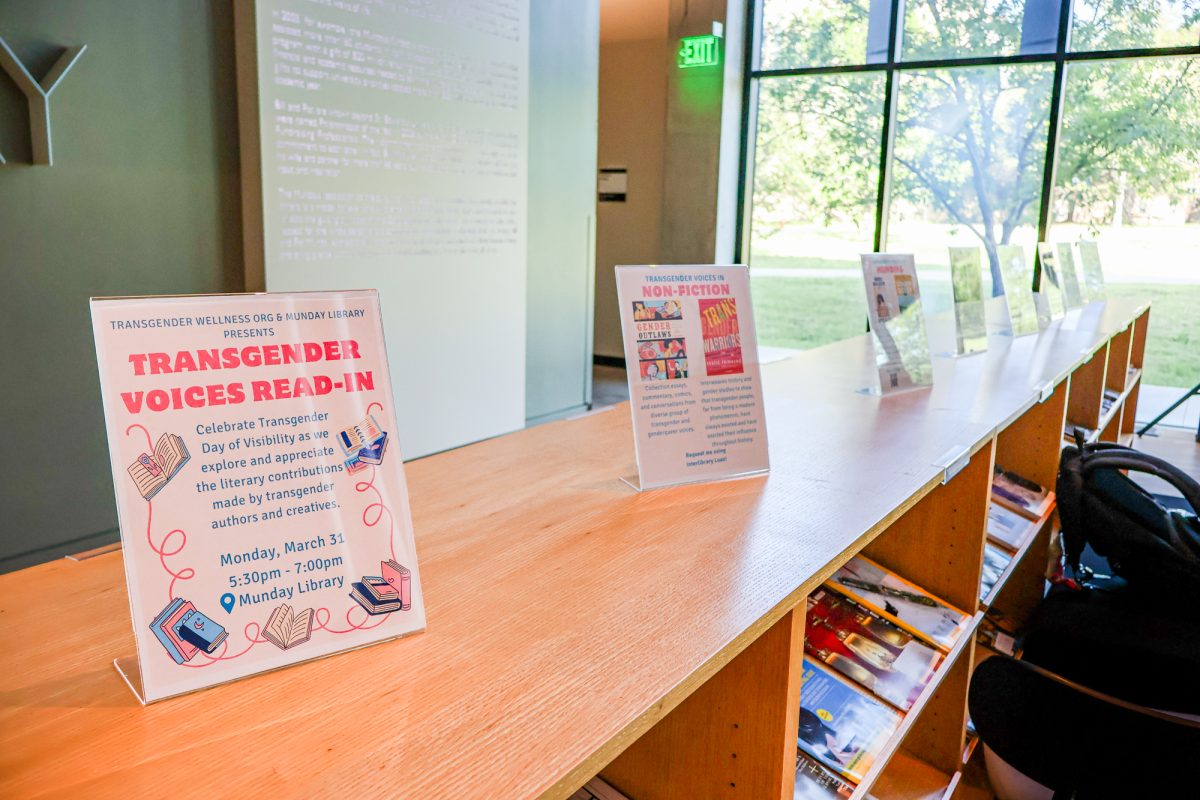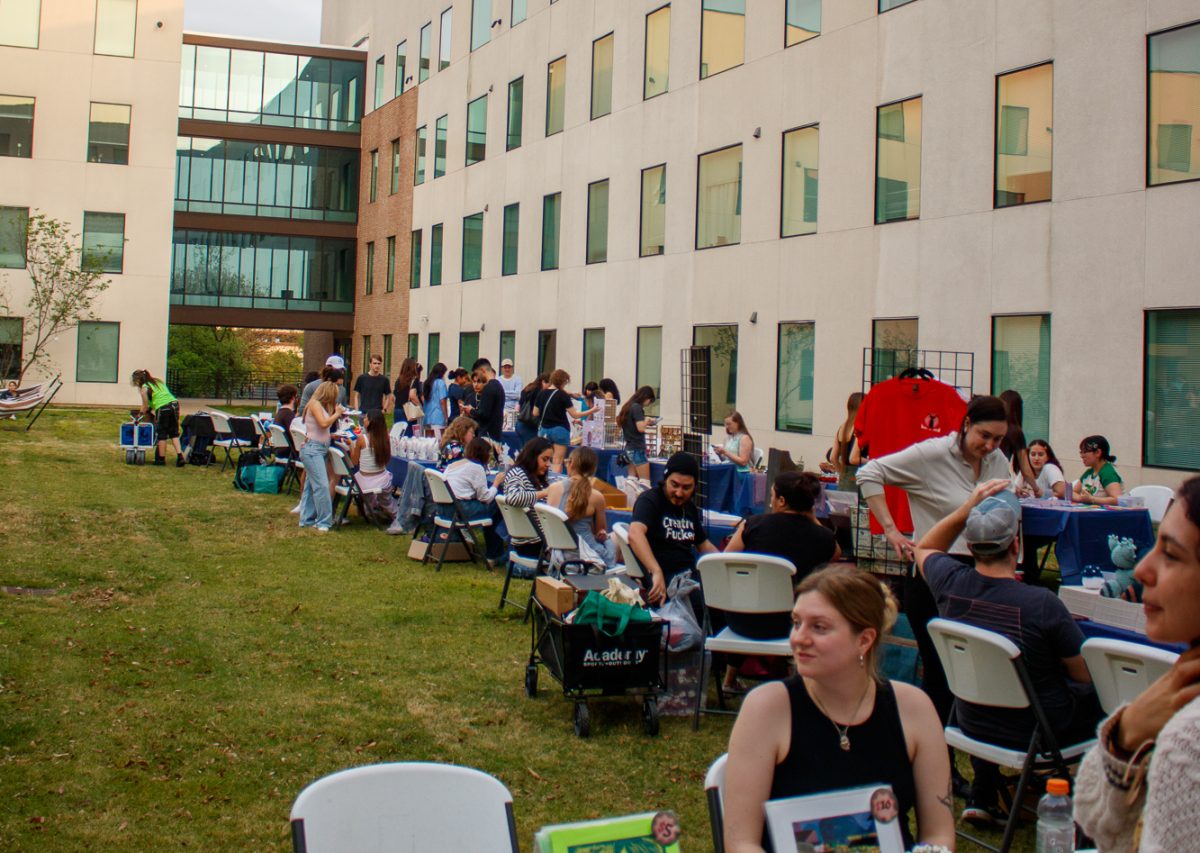“Symptoms of Being Human” by Jeff Garvin follows the life of gender fluid Riley Cavanaugh and their high school experience as someone who does not fit the gender binary norm in society. Some days Riley identifies as a boy and others they identify as a girl; sometimes they identify as neither.
Their therapist suggested that Riley start an anonymous blog to cope with their experience with gender under an anonymous persona named “Alix.” Throughout “Symptoms of Being Human,” the reader is introduced to the psychoanalyzation of gender dysphoria and anxiety attached to the literary and societal theories of the gender binary played out through stereotypes and assumed gender roles. While themes of stereotypes are fairly visible throughout the book, so is the absence of gender.
In Riley’s first blog post, they describe how their gender is not as simple as others may think. They discuss how the world is not as basic as one would think: “The world isn’t binary. Everything isn’t black and white, yes or no. Sometimes it’s not a switch, it’s a dial. And it’s not even a dial you can get your hands on; it turns without your permission or approval.”
Typically with stereotypes, each gender performs a different set of roles and expectations. However, in Riley’s case, gender stereotypes are broken because Riley does not fall under just one category. For Riley, it falls under three categories: boy, girl and something in between. As Riley describes their experience with gender, they mention how it is a “dial.” Dials are not just “on” and “off,” they can flow in between, like a delicate balance.
A few chapters later, there’s a focus on the gender binary. Riley mentions how society teaches the people to reinforce stereotypes.
“We’re all taught from a young age that there are only two choices: pink or blue, Bratz or Power Rangers, cheerleading or football,” the book reads. “We see gender in two dimensions because that’s what society taught us.”
Riley is directly talking about how society has stereotyped people’s lives. “Boy” or “girl” is generally how everyone views people throughout this world, leaving no room for the in between or the complex duality within the binary.
The author supports and recognizes how there is a gray area in gender, which is shown through Riley. Garvin is demonstrating how there is more to gender than just “boy” and “girl,” how people can fit in between the gender spectrum. Inner conflicts are visible with the main character, Riley. Gender dysphoria is shown a large amount throughout the book, an example of this is when Riley states in their blog, “right now, I’m sitting in bed, hating my body. My arms feel wrong. They’re not soft or supple, but they’re not firm or muscular, either. My chest is like… too slender to be masculine, but too angular to be feminine. I don’t feel ‘girl’ or ‘boy’ right now, I just feel… other.” Here Riley is ranting about how they view their body and how they experience gender dysphoria. This is one of Riley’s main inner conflicts, how they feel internally while battling gender dysphoria.
Riley discusses how they view their body not fitting their internal compass of gender. They deal with this by venting to their blog and trying to do things to help “match” their gender identity, such as wearing lip gloss on their feminine days and, on masculine days, they would sit in a different manner; a more stretched way by sitting with their legs far apart. This conflict does not get resolved, for it is a never ending battle because of their internal compass changing depending on the day. Another conflict arises when Riley’s new friend takes them to a queer alliance meeting.
Riley speaks to the people on how they feel internally and how they relate to the other people there, battling a similar battle with gender dysphoria. Riley gives a small speech in the book on how they relate.
“Such a normal thing, for us, feeling out of place,” it reads. “I feel that way all the time. Like I’m from some other planet, you know? Like my soul was stuffed into the wrong body and then dropped off here by mistake.”
Again, Riley is relaying their experience with gender dysphoria, and how their body does not feel as if it is the “right” body for Riley. Gender dysphoria is a real, difficult conflict and can have a serious effect on a person’s mind.
The reader can find how the different literary theories come into play throughout this book. Gender is shown through the societal view and practices of the gender binary and its stereotypes. Some of these themes may open the readers’ eyes on how the world works and the very real experience for those who identify within the LGBTQ+ community. An example of this is with how gender dysphoria is experienced, understood and dissected by the main character’s experience. This book can help show that people experiencing gender dysphoria are not alone in their battle. It offers a great insight into understanding the daily struggle of someone who struggles outside of the gender binary.


